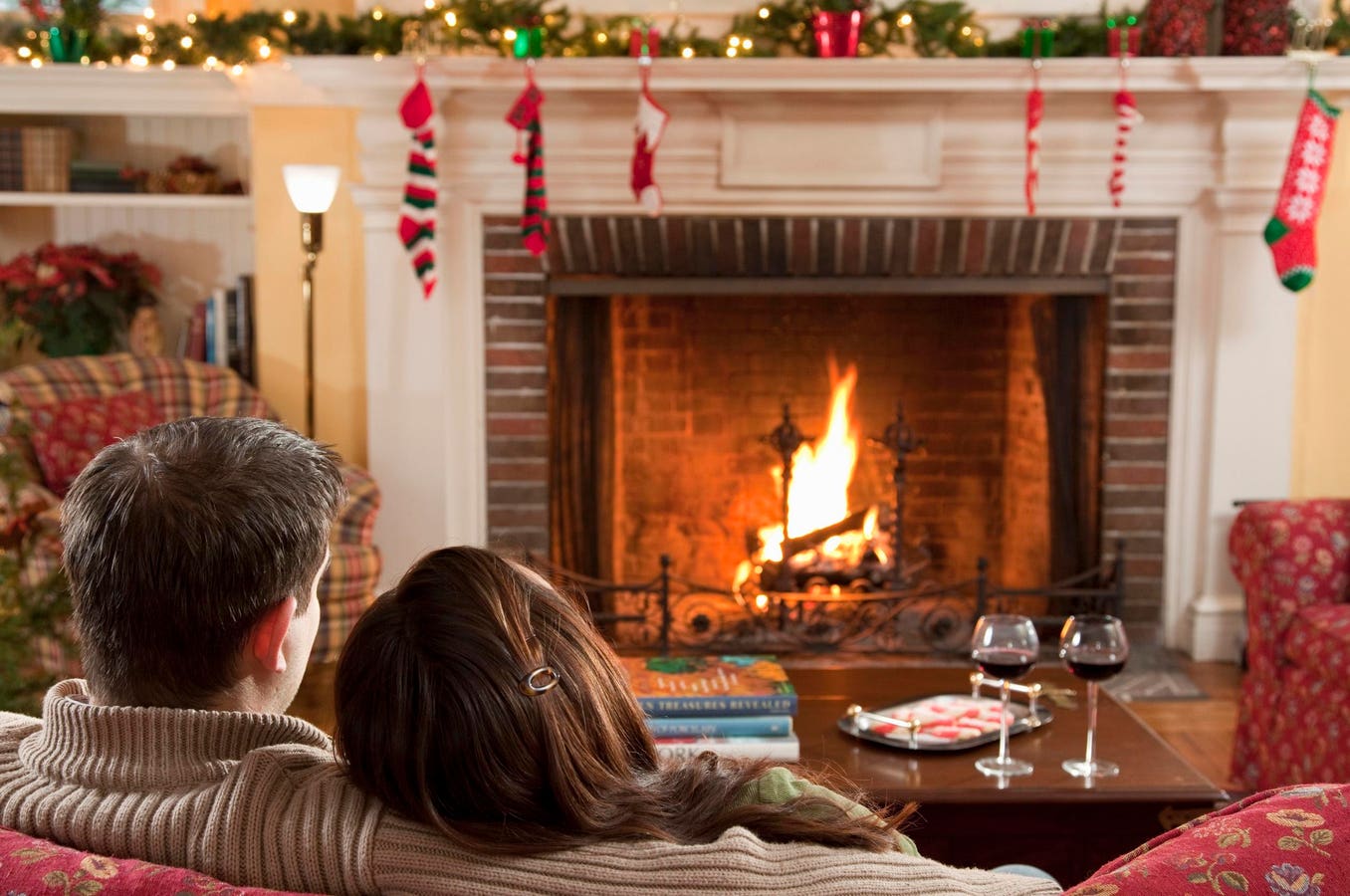
It is that time of year when many of us will be looking forward to spending more time indoors, particularly as the days grow shorter and the holidays approach.
Winter has long been held as a season when people can recharge, put their feet up and if they are really lucky, enjoy chestnuts by a roaring fire.
But what are the health implications of spending more time indoors? Indoor air quality remains an issue all year round, particularly if windows are closed to keep homes warm.
And then there are other issues like access to natural daylight and domestic wood burning.
Global Action Plan is one of the organisations keen to highlight the environmental and health impacts of domestic burning, particularly in urban areas.
The non-profit has launched a new campaign on the issue, which will culminating with Clean Air Night on 24 January (2024).
Global Action Plan’s director of clean air, Larissa Lockwood said in an interview domestic burning is the biggest source of PM 2.5 particulate matter pollution in the U.K. and is a “growing problem”.
Lockwood added many people do not realise smoke from wood-burning stoves can harm their health and the health of their neighbours.
She quoted research by the U.K. government and the consulting firm Kantar which claim people believe burning wood is a cheaper form of heating, it makes them feel nice and also for environmental reasons.
“But it is not cheaper to heat a home with a log burner, it really is harming the health of your neighbours and it’s a disaster for the environmental, because the tree you burn in minutes takes years and years to grow,” added Lockwood.
Rachel Pidgeon, a portfolio manager at the non-profit Impact on Urban Health, said in an email most people are unaware of the links between wood burning and air pollution.
Pidgeon added Impact on Urban Health have recently supported work to help raise awareness of the link between wood burning and air pollution, including how to best talk to people about air pollution and wood burning.
She quoted a study last year by the European Public Health Alliance, which claimed the total costs of early deaths, illness and lost work resulting from outdoor air pollution produced by all home heating was €29bn a year in the EU.
She said people do not understand that burning wood creates a severe health risk for both their own household, and the health of their neighbours.
And even when the harms of woodburning are acknowledged, Pidgeon said the decision about whether to burn is seen as a personal choice.
Recent research by energy efficiency group CLASP also highlighted the air pollution dangers of using gas cookers.
The study found the World Health Organisation daily limit value for nitrogen dioxide exposure was broken in more than half (55%) of the homes using gas hobs and/or gas ovens that were tested under normal living conditions by researchers.
In addition, NO2 levels were found to be around twice as high in kitchens and living rooms using gas appliances compared to those using electric appliances.
Professor Frank Kelly of Imperial College London said in a statement gas hobs and ovens are a major source of indoor air pollution, which can both exacerbate existing health conditions and potentially lead to new respiratory illnesses.
“For children with asthma, the presence of gas cooking appliances can intensify their symptoms,” added Professor Kelly.
Another issue that can impact people during winter months is a lack of natural daylight and increased exposure to artificial light.
Peter Scialla, the president of the real estate and technology company Delos said in an interview there is a strong correlation between light and health.
Scialla added our eyes are not just “vehicles for seeing” but are also “instruments” to tell our bodies what time of day it is, and whether we should be active or asleep.
“The problem is artificial light can throw off our daylight cycles and circadian rhythms,” he told me.
“It can trick our bodies into thinking it is the wrong time of day, disrupt sleep patterns and energy levels.”
Scialla added there are many solutions available, including full-spectrum lighting, which covers all the wavelengths that are useful to plant or animal life.
He said programmable lighting systems can also be used to increase the amount of light indoors at key points of the day when they need to be more alert and active, such as in the morning.
“There are many ways to address this issue,” added Scialla.
“It is all about using light as a vehicle to promote health and wellbeing, as opposed to something that’s currently disrupting health and wellbeing for the majority of people indoors.”
